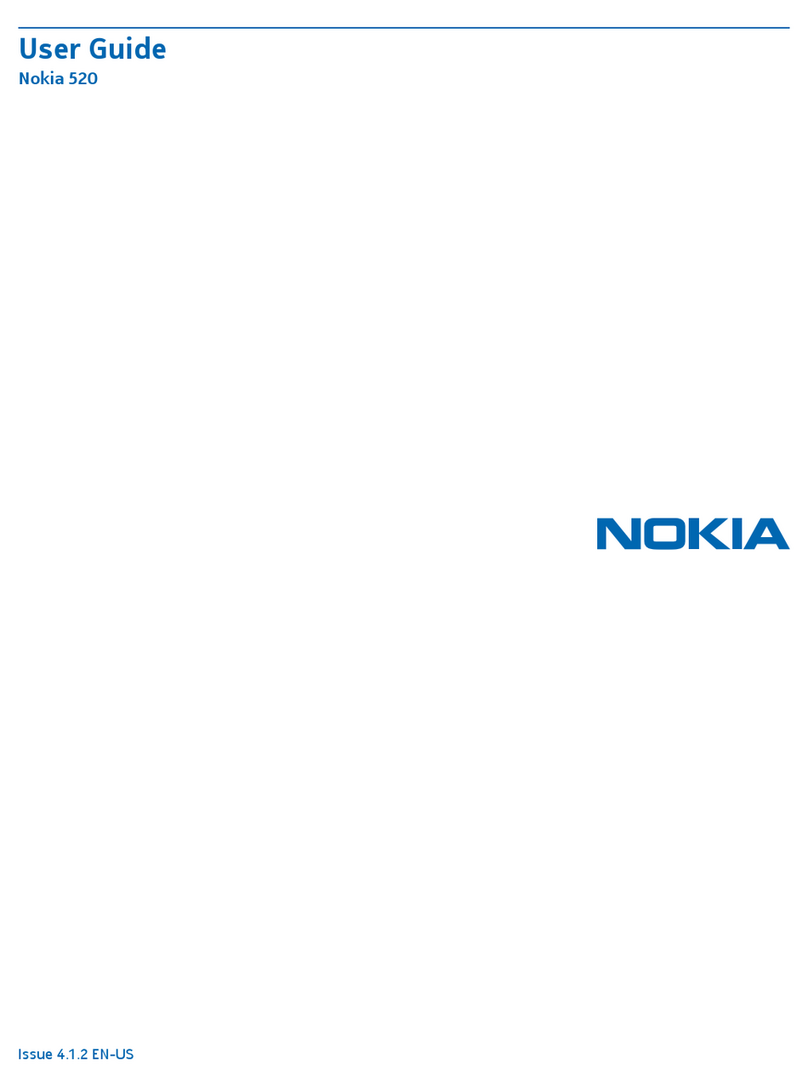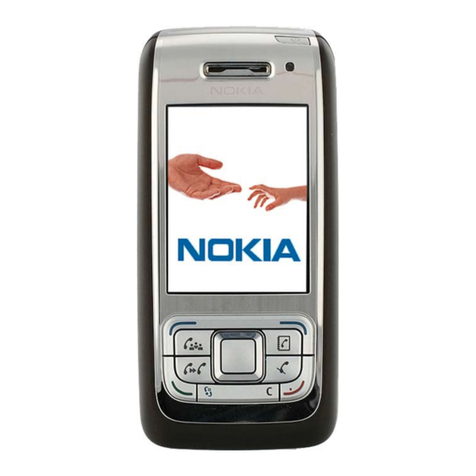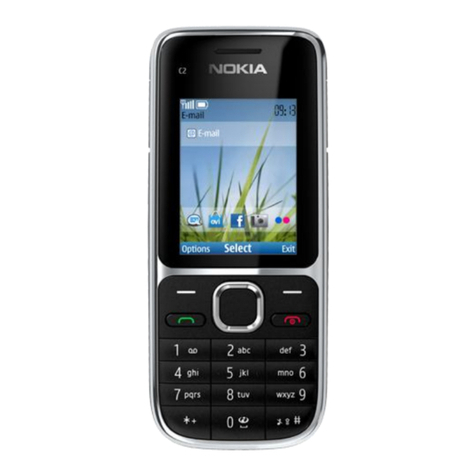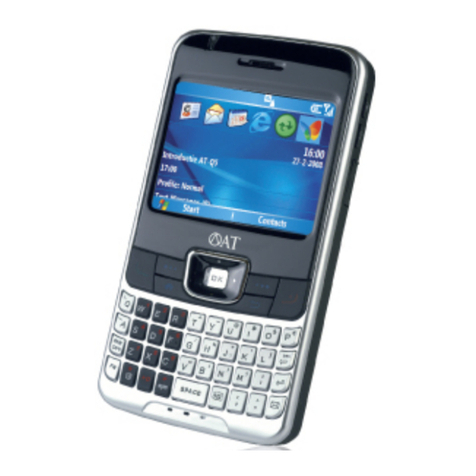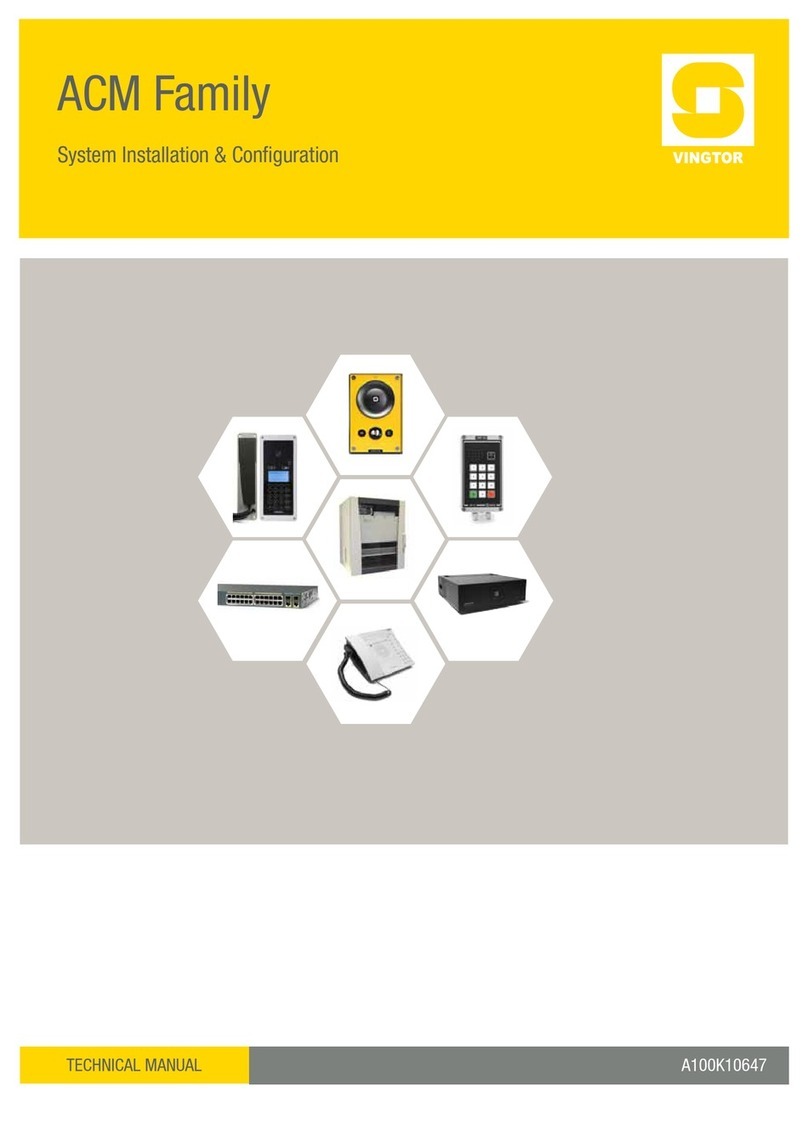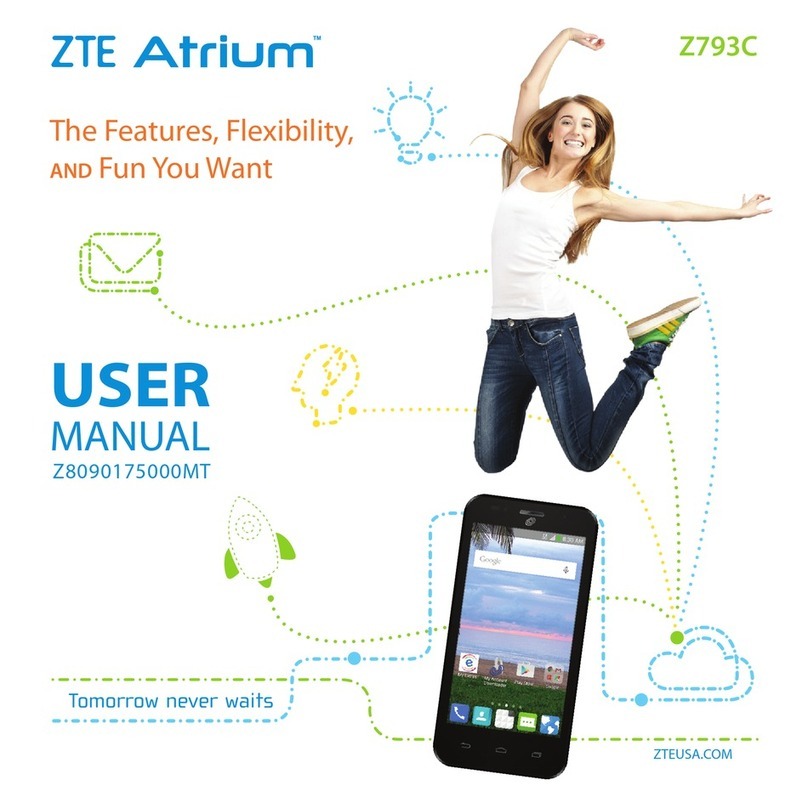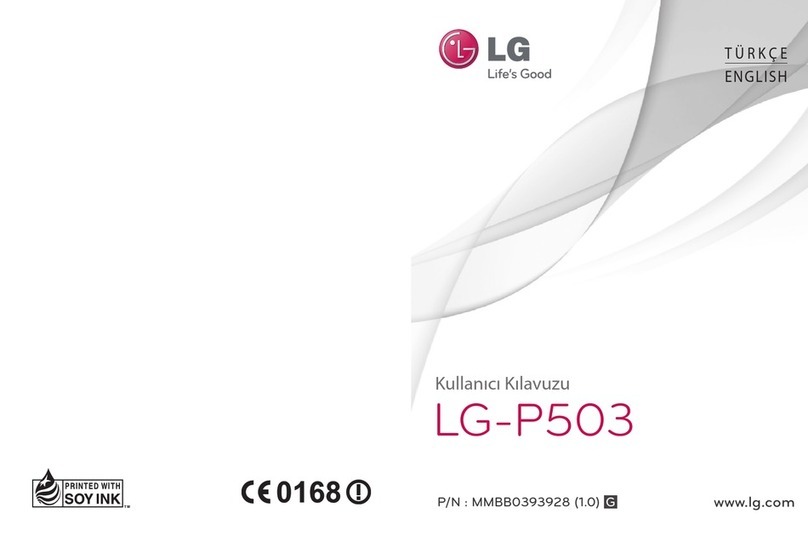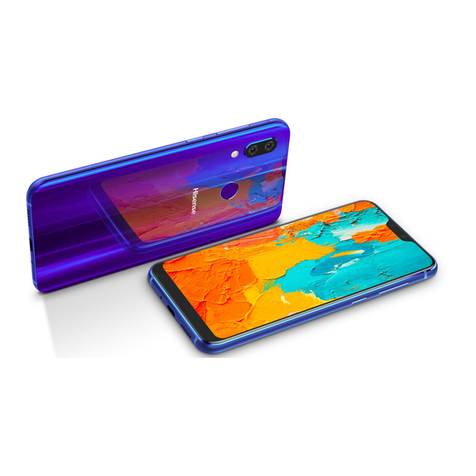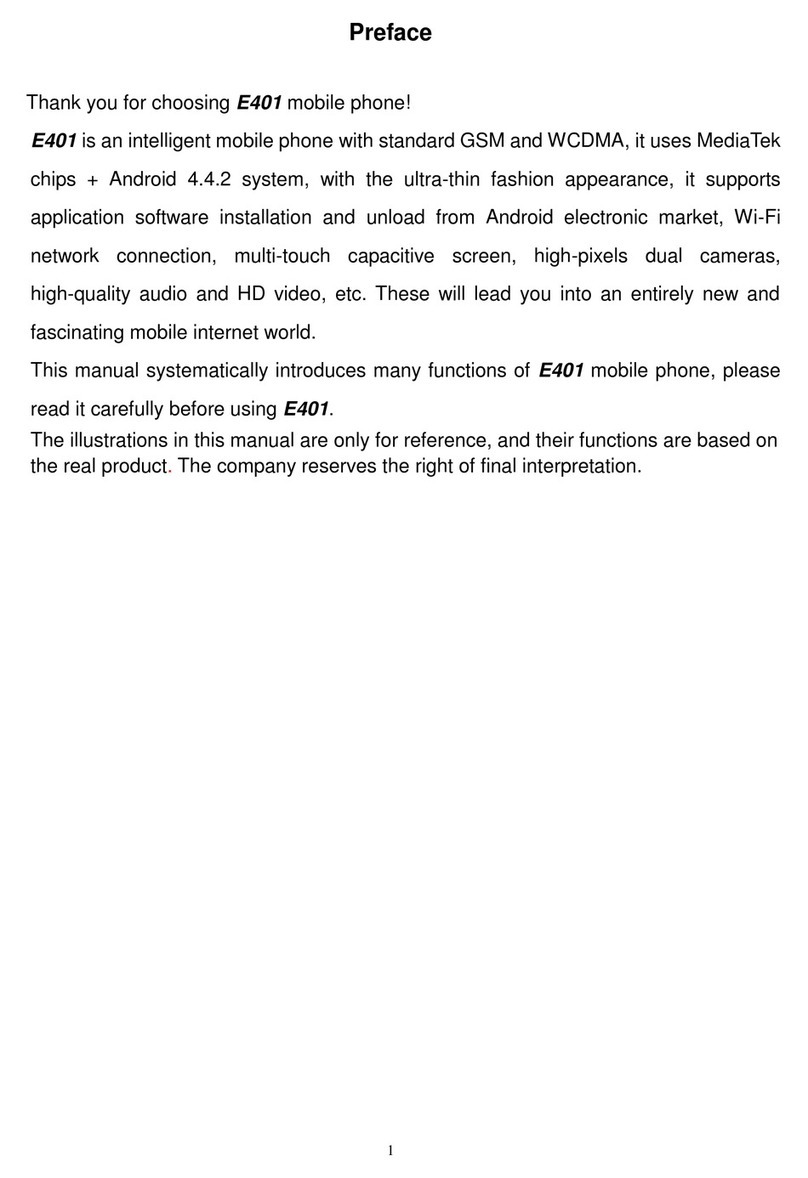Nokia 2125i User manual
Other Nokia Cell Phone manuals

Nokia
Nokia RH-18 Series Guide
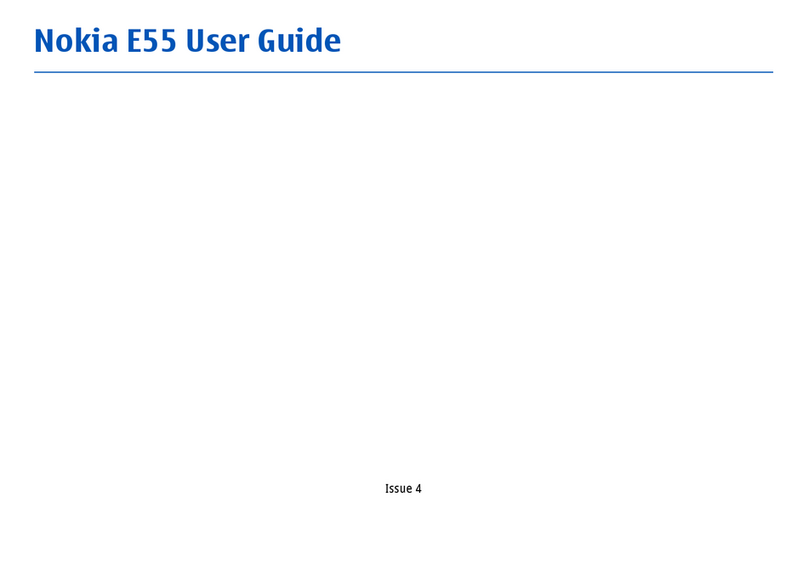
Nokia
Nokia E55 User manual
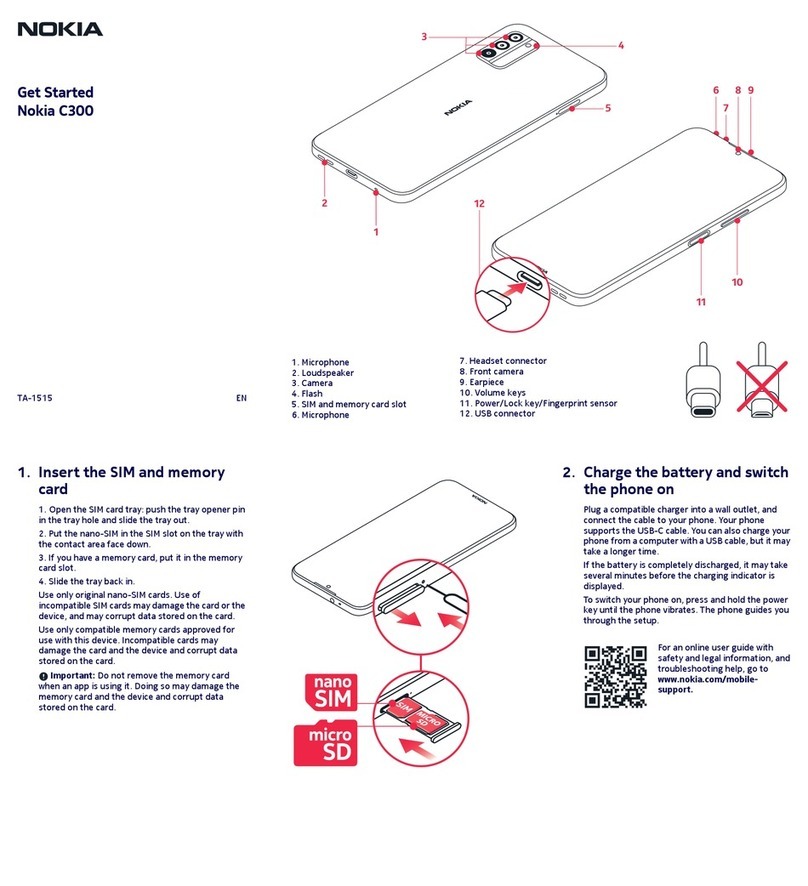
Nokia
Nokia NOKIA C3-00 Specification sheet
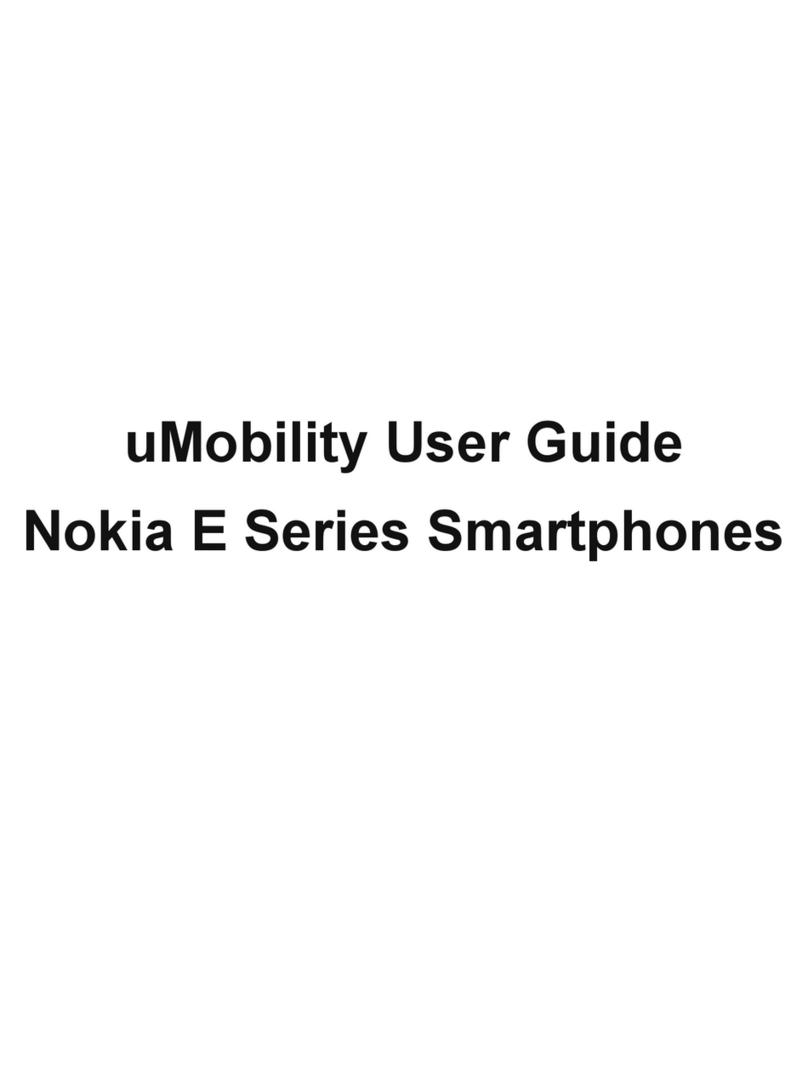
Nokia
Nokia N Series User manual
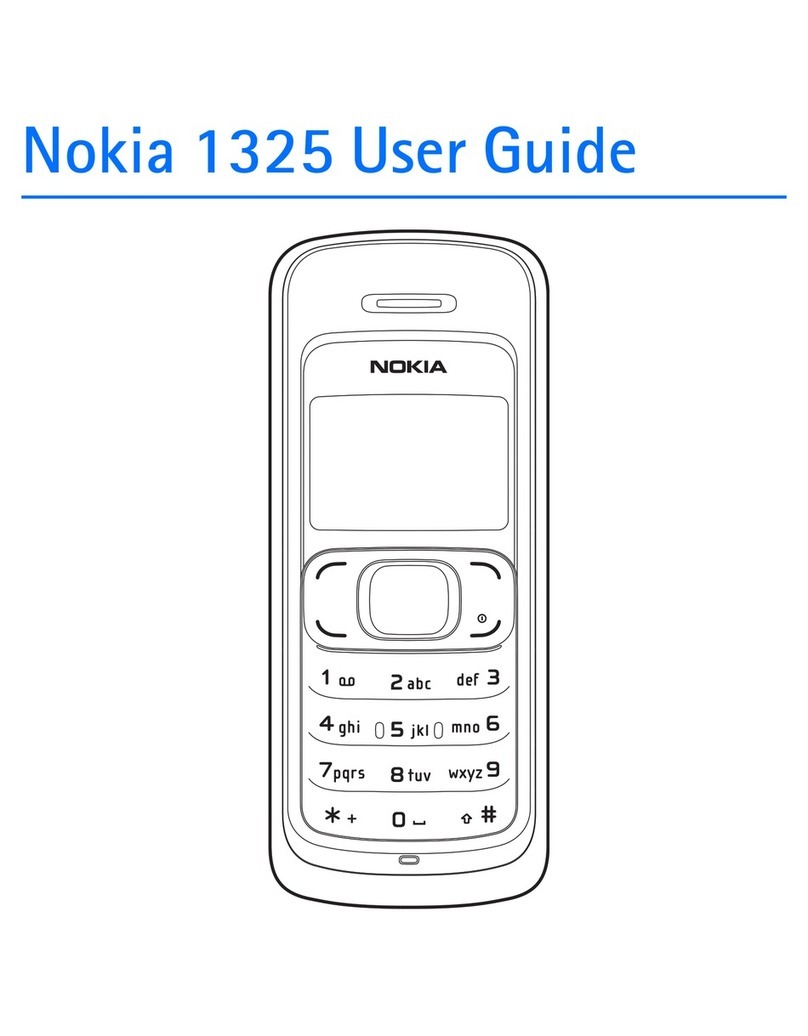
Nokia
Nokia 1325 User manual

Nokia
Nokia 6682 User manual
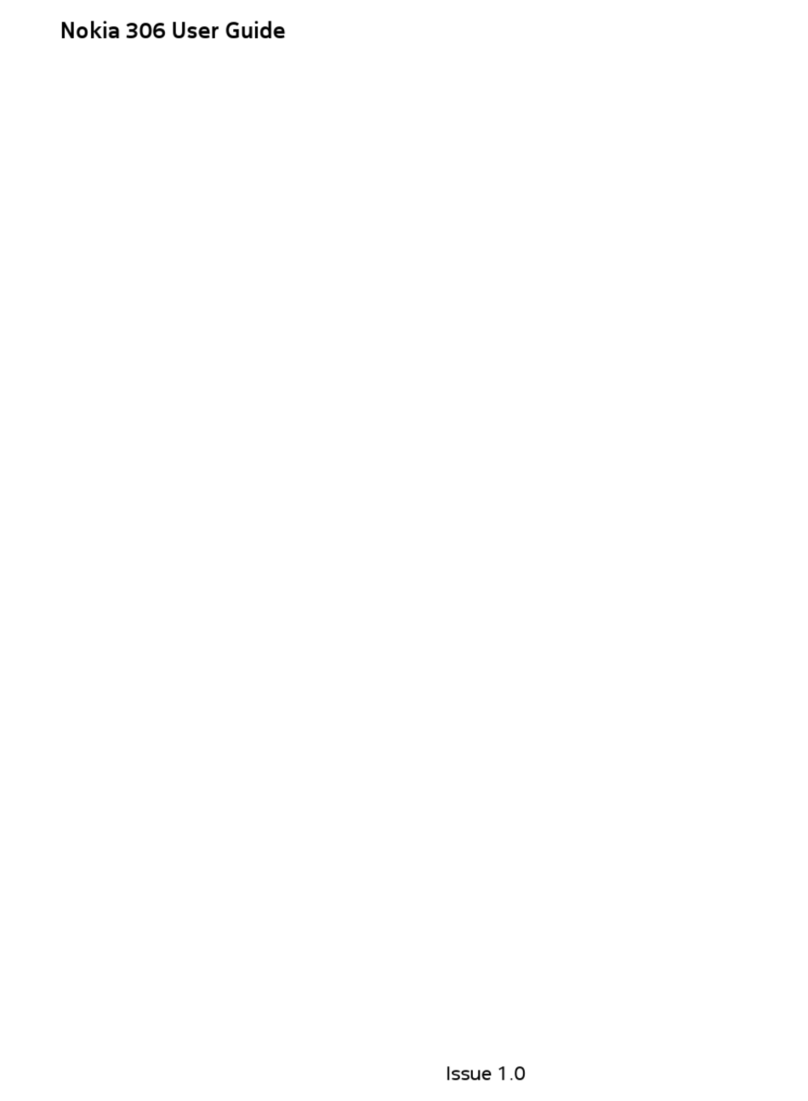
Nokia
Nokia 306 User manual

Nokia
Nokia 6126 - Cell Phone 10 MB User manual

Nokia
Nokia RM-233 User manual

Nokia
Nokia 9300 - Smartphone 80 MB User manual
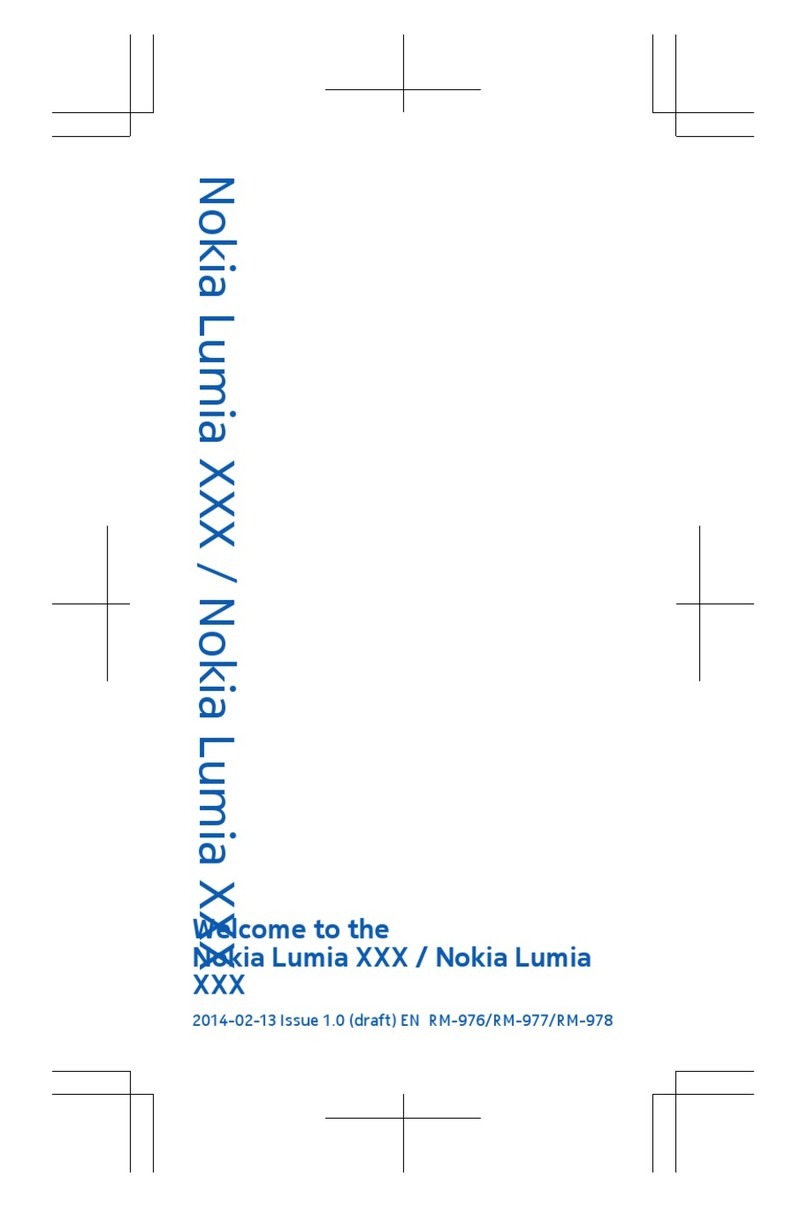
Nokia
Nokia RM-976 User manual
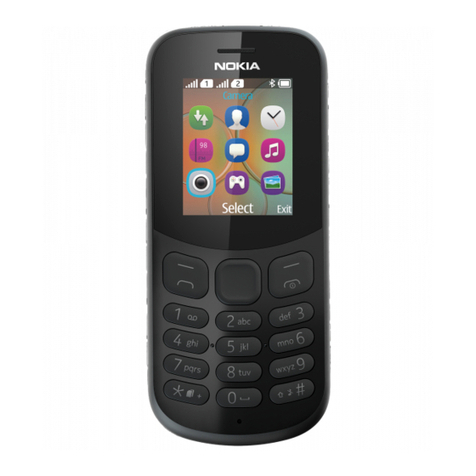
Nokia
Nokia 130 User manual

Nokia
Nokia 002G6Q3 User manual
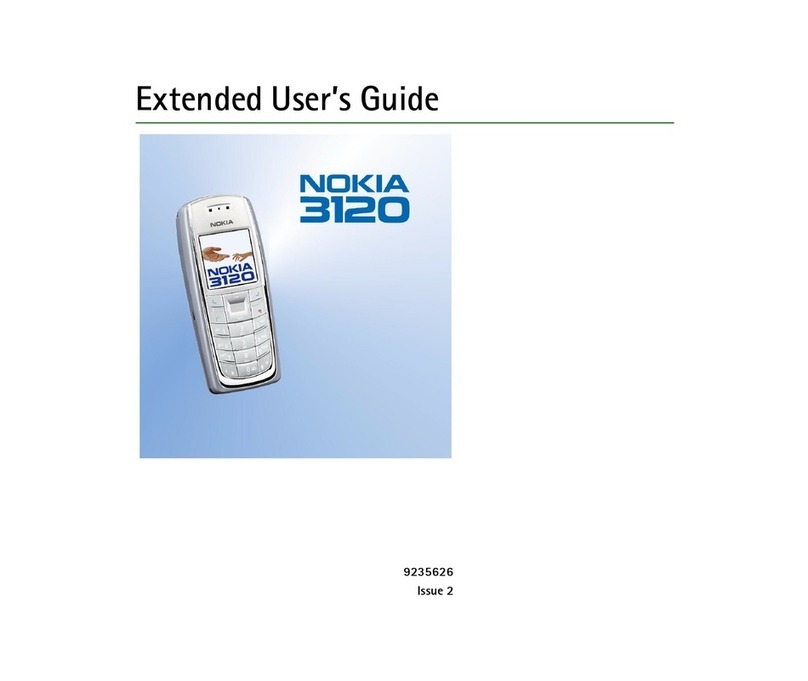
Nokia
Nokia CLASSIC 3120 Service manual

Nokia
Nokia RH-64 User manual

Nokia
Nokia TA-1449 User manual
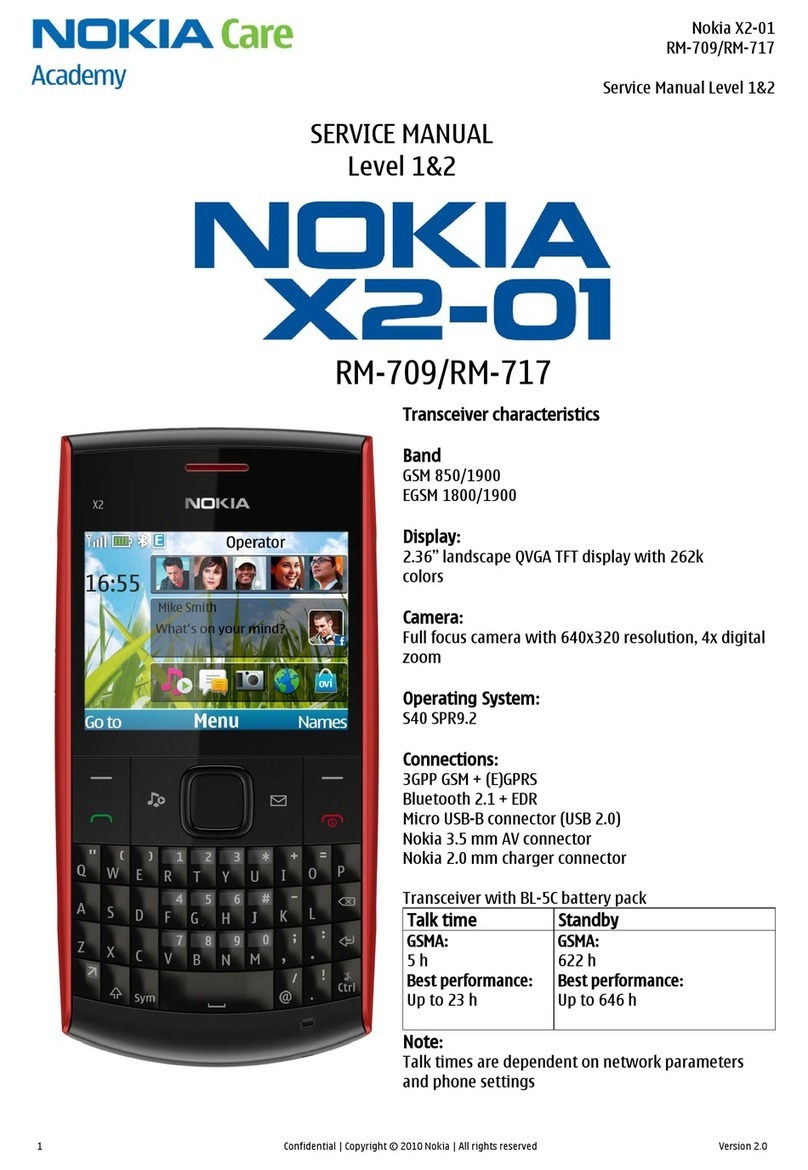
Nokia
Nokia X2-01 User manual
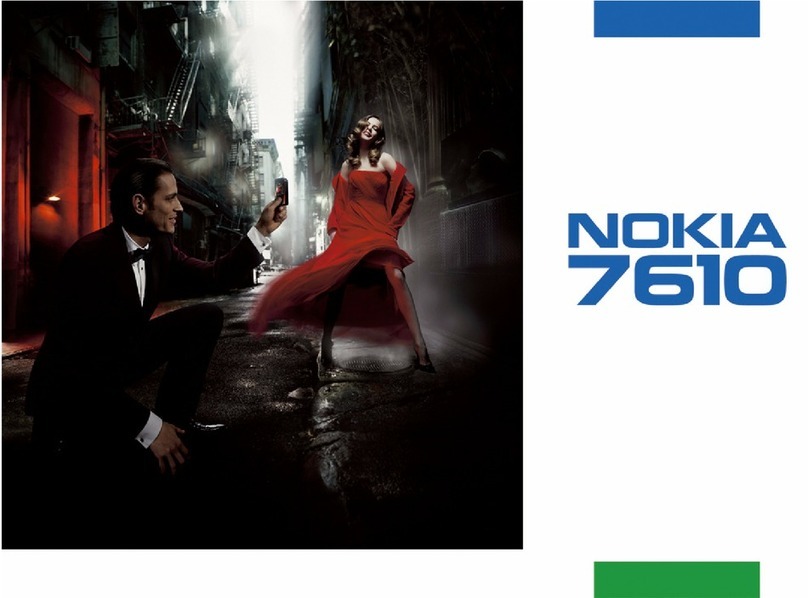
Nokia
Nokia 7610 - Smartphone 8 MB User manual

Nokia
Nokia 6310I - Cell Phone - GSM User manual
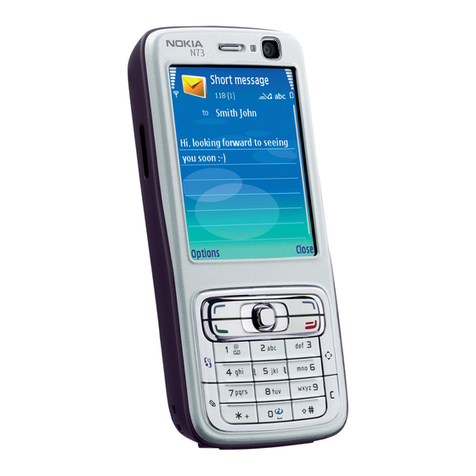
Nokia
Nokia N73 - Smartphone 42 MB User manual
